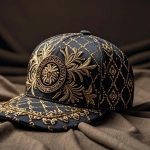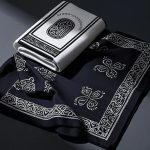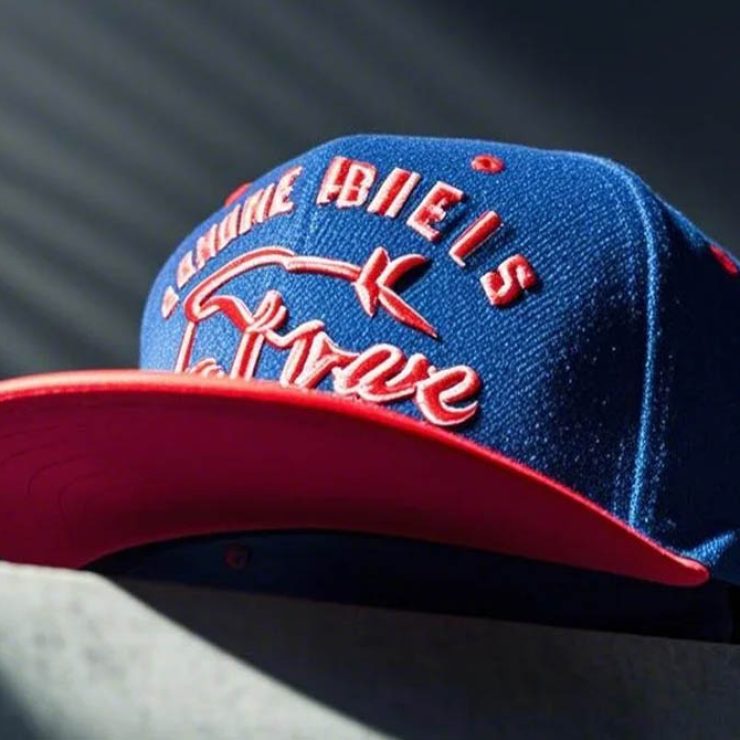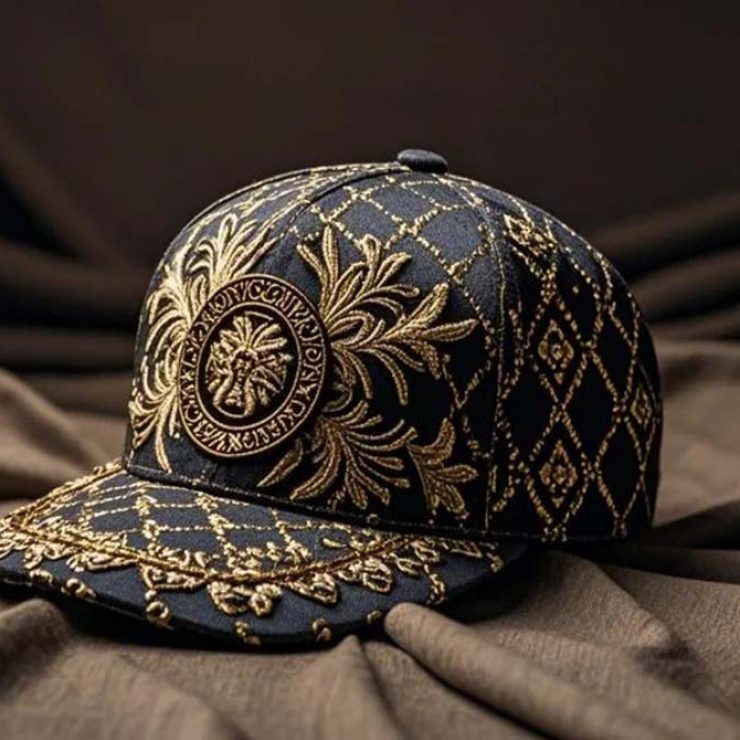
Beanies

Yarn
Acrylic, Wool, Cotton, Blends

Embroidery
High Density Embroidery Machine

Printing
Screen Printing, Thermal Transfer, Digital Direct Printing, Etc.

ECO
Organic Cotton, Recycled Polyester, Etc
- 1. Material Selection
- Fibers: Common materials include acrylic (affordable, machine-washable), wool (warmth, natural), cotton (softness), or blends (e.g., acrylic-wool for balance).
- Sustainability Options: Organic cotton, recycled polyester, or eco-friendly dyes for environmentally conscious production.
- Spinning: Raw fibers are spun into yarn. Blended fibers are mixed evenly for consistency.
- Dyeing: Yarn is dyed to desired colors. This can occur before knitting (pre-dyed) or after (piece-dyed for custom batches).
- Machine Knitting:
- Circular Knitting Machines: Create seamless tubes for the body of the beanie. Adjust machine settings for size (diameter and length).
- Ribbed Edges: Use 1×1 or 2×2 rib stitch for elastic cuffs, often knitted separately or integrated into the tube.
- Flat Knitting: For structured or patterned designs, panels are knitted and later sewn together.
- Top Closure:
- The open end of the knitted tube is gathered and closed using a sewing machine or linked mechanically to form the crown.
- Techniques include cinching, stitching, or heat-sealing (for synthetic fibers).
- Slouchy Styles: Extra length is knitted before closing to create a relaxed fit.
- Cuff Hemming: Fold and stitch the bottom edge for a double-layered cuff (common in “fold-over” styles).
- Embellishments:
- Pom-Poms: Attached manually or by machine at the crown.
- Embroidery/Printing: Logos or patterns added via embroidery machines or screen printing.
- Washing & Softening: Garments are washed to remove residues and soften fibers. Wool may undergo anti-shrink treatments.
- Defect Checks: Inspect for loose threads, uneven stitches, or dye inconsistencies.
- Size Compliance: Measure dimensions (circumference, length) to ensure uniformity.
- Durability Tests: Stretch tests for elasticity and seam strength.
- Labeling: Attach care instructions, material tags, and brand labels.
- Folding/Presentation: Beanies are rolled, folded, or stacked. Retail packaging may include hangtags or branded boxes.
- Sustainability: Use recycled packaging materials or biodegradable polybags.





